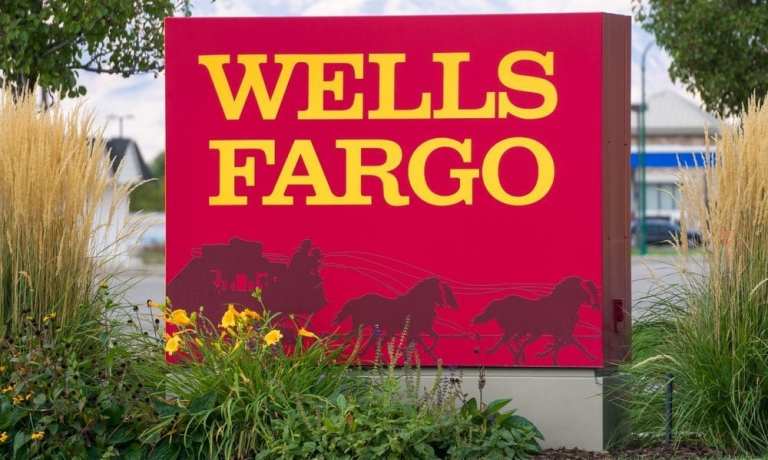
Day One is over. For Charles Scharf, who has taken the reins as CEO of Wells Fargo, the list of what needs fixing — and what needs fixing first — is long. PYMNTS delves into the challenges ahead, and how stints at BNY Mellon and Visa have paved the way for blocking and tackling.
Given that Charles Scharf — who started this week at the helm of Wells Fargo — has had a long career in payments and financial services, there may not have been first-day jitters. He has likely gone into the new gig with his eyes open.
However, the “to-do” list is likely to be lengthy, even after only one day behind the CEO chair.
As noted on Monday (Oct. 21) across sites such as The Wall Street Journal (WSJ), Scharf is now the first outsider to run Wells Fargo, and takes his place as the fourth CEO in the wake of the “fake account” scandals that brought the ire of consumers and regulators. Scharf fills the role as he replaces interim CEO Allen Parker, who previously served as general counsel.
At the highest-level view, Scharf must boost revenues and margins. The Street has taken a wait-and-see attitude on the turnaround efforts that have been in place for years — as evidenced by the fact that the KBW Bank Index is up, as traced back to 2016, while Wells Fargo’s stock is flat, WSJ noted. There were at least a few glimmers of hope in the latest data, as average deposits were up 2 percent from a year ago, and banking deposits continue to be benefited by promotional rates and offers, according to the most recent conference call. Digital active customers were up 4 percent in the latest quarter to 30.2 million, lagging behind growth rates seen at other banks.
Scharf said tackling the regulatory issues — with hundreds of notices from regulators known as “matters requiring attention” — will be among the biggest priorities, as the firm has already accrued billions of dollars in fines. Scharf said in a memo on Monday, according to Bloomberg, that there will be “some changes and significant investments.”
Beyond the regulatory gaze, a $1.6 billion fine has already accrued as of the third quarter, and management said the charge was tied to investigations into sales practices.
At a high level, according to Scarf in a memo to Wells Fargo employees on Monday, “We didn’t always live up to our own standards, and have not moved quickly enough to address our shortcomings. We have the foundation to again be the most respected bank in the U.S. and the world.”
To get there, one might hazard a guess that the roadmap has a healthy dose of digital in the mix. Scharf said that embedding payments in commerce experiences, as well as seamless transactions, are among the ways that commerce can reach full potential — as they create “better buying” experiences across all channels. Scharf added that tech investment will be a “cornerstone” for future strategies and corporate initiatives.
Among those initiatives, during the third quarter conference call with analysts, Wells Fargo management said plans are in place to pilot Wells Fargo Digital Cash, which is focused on internal cross-border transactions across DLT platforms.
Scharf’s digital experience and focus on faster payments also showed up in his time as CEO of BNY Mellon. There was, of course, the November 2017 announcement that BNY Mellon had, along with Apex Clearing, originated the first Real-Time Payments transaction over the RTP network — the first new payments rail in the U.S. since the ACH network debuted in 1974.
There is no easy lifting ahead, and no short-term fixes loom. It remains to be seen in Scharf’s tenures in banking and payments just how he can do with Wells Fargo.